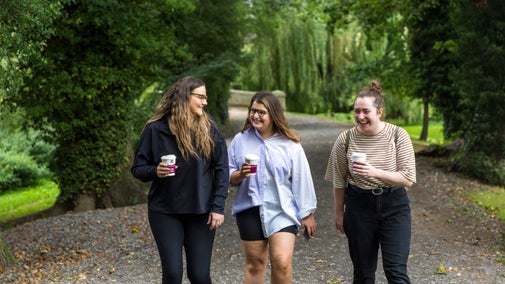24 February - 2 November 2025
A Tour Behind Closed Doors
Step beyond the grand rooms of the Ground Floor and uncover the ‘Hidden Home’ at the heart of Attingham Park. This exclusive tour takes you inside the first- and second-floor apartments that were once home to Teresa, Lady Berwick and later to Wall Street stock-broker Edwin Cohen.
Explore the private side of this Regency mansion, where personal histories and elegant interiors intertwine. Discover the stories of its last two residents—Lady Berwick, who sought to preserve Attingham’s legacy, and Mr. Cohen, whose passion for Regency design led him to amass a remarkable collection of restored period furniture, now displayed in the rooms where he lived.
Join us for a rare glimpse into Attingham’s Hidden Home—where the mansion’s private past unfolds through the lives of its last residents.
Tours last 45 minutes | Tours cost £6 per person | Booking Advised
Click to book
Booking Information:
- Booking is advised due to limited tour numbers.
- Pre-book online (online bookings close at 8am on the day of the tour).
- Spare tickets may be available at Visitor Reception on the day.
- Book over the phone by calling 0344 249 1895.
Good to know before you book:
- Age restriction: Tours are not suitable for children under 14.
- Photography & filming: Not permitted during the tour.
- Access: Visitors must be able to climb a spiral staircase.
- Facilities: The nearest toilets are located in the West Pavilion of the Mansion.
- Limited spaces: Due to narrow corridors and room layout, tour capacity is restricted.
- Admission: Standard House and Grounds admission charges apply for non-members.
- Tour capacity & times: Each tour has 8 spaces and starts at 11am, 12pm, 1:30pm, and 2:30pm.
- Arrival time: The Mansion is a 10-15 minute walk or buggy ride from Visitor Reception—please arrive at least 15 minutes before booking. Your ticket also includes House and Grounds admission to Attingham Park, and you can arrive at any time during our opening hours. Check Opening Times on our website.
- Dogs: Assistance dogs only on the tour and inside the Mansion.
- Meeting Point: The tour will begin in the Picture Gallery in the Mansion (ask a member of the team for directions).













